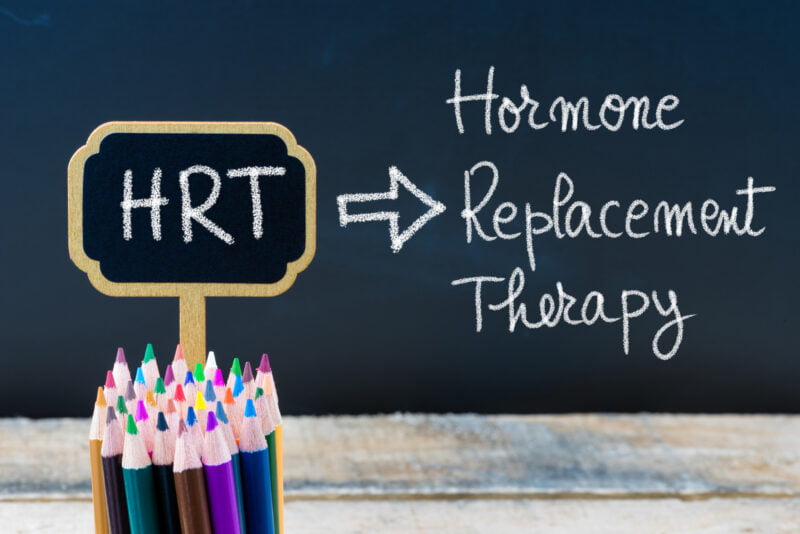According to a 2020 survey by Gallup, 11.3% of LGBT+ adults in the US identify as transgender. This number accounts for approximately 0.6% of the total US adult population. While we don’t have a precise breakdown of the number of trans women, trans men, and trans non-binary individuals in the US, we gain more insight into this section of the populace every year.
Today, we’ll be taking a look at one of the ways trans women and trans non-binary individuals can align their gender identity with their body, feminizing hormone therapy (HRT). Let’s dive into it.
What Is Feminizing Hormone Therapy?
Feminizing HRT is part of a medical transitioning process where an AMAB (assigned male at birth) individual takes female hormones. The goal of HRT is to induce physical changes that will result in the development of female secondary sex characteristics.
How Female Hormones Are Taken
The ways that hormones can be administered for trans women and trans non-binary individuals include:
Injections: A liquid form of estrogen suspended in oil and injected via a needle into the body either weekly or bi-weekly.
Transdermal/Patch: A patch (or patches) that are applied every three to four days. The patches contain estradiol, a form of estrogen that is absorbed through the skin to enter the bloodstream.
Oral/Pills: Typically taken sublingually (under the tongue), this is a daily dose of estrogen administered once or at multiple intervals.
In addition to taking estrogen, a transitioning individual can also take an anti-androgen (testosterone blocker) to improve the results of feminizing hormone therapy.
What To Expect When Taking Estrogen
While feminizing HRT will induce physical changes, some aspects cannot be changed by HRT alone.
One aspect that cannot be changed with feminizing hormone therapy is the individual’s voice. Someone who wishes to transition to presenting as female (or feminine) will want to seek out a tutorial or training resource to practice altering their voice and body language.
Let’s go over what physical changes you can expect while on feminizing hormone therapy.
Potential Side Effects of HRT
The physical changes a transitioning person experiences while taking HRT are dependent on the individual and their dosage. A clinician will monitor the administration of HRT, and regular blood tests will be performed to ensure adequate hormone levels are achieved and maintained.
Some of the positive side effects include:
- Breast growth
- Body fat redistribution
- Thinning/slowed body hair growth
- Decreased muscle mass
- Decreased gender dysphoria
- Improved quality of life
Some of the potential negative side effects include:
- Decreased sex drive
- Decreased sperm production
- Changes in erectile function
- Increased risk of breast cancer
- Weight gain
- Changes in potassium levels
- Changes in blood pressure
- Infertility
Choosing to Transition
While there is no right or wrong way to transition to affirm your gender identity, if you are considering feminizing hormone therapy, we recommend speaking with a clinician before pursuing HRT.
Medical transitioning also comes with a financial cost, from hormone treatments to gender-affirming surgery. If you’d like to learn more about improving your financial health to support your transition, check out the Finance section of our blog.




